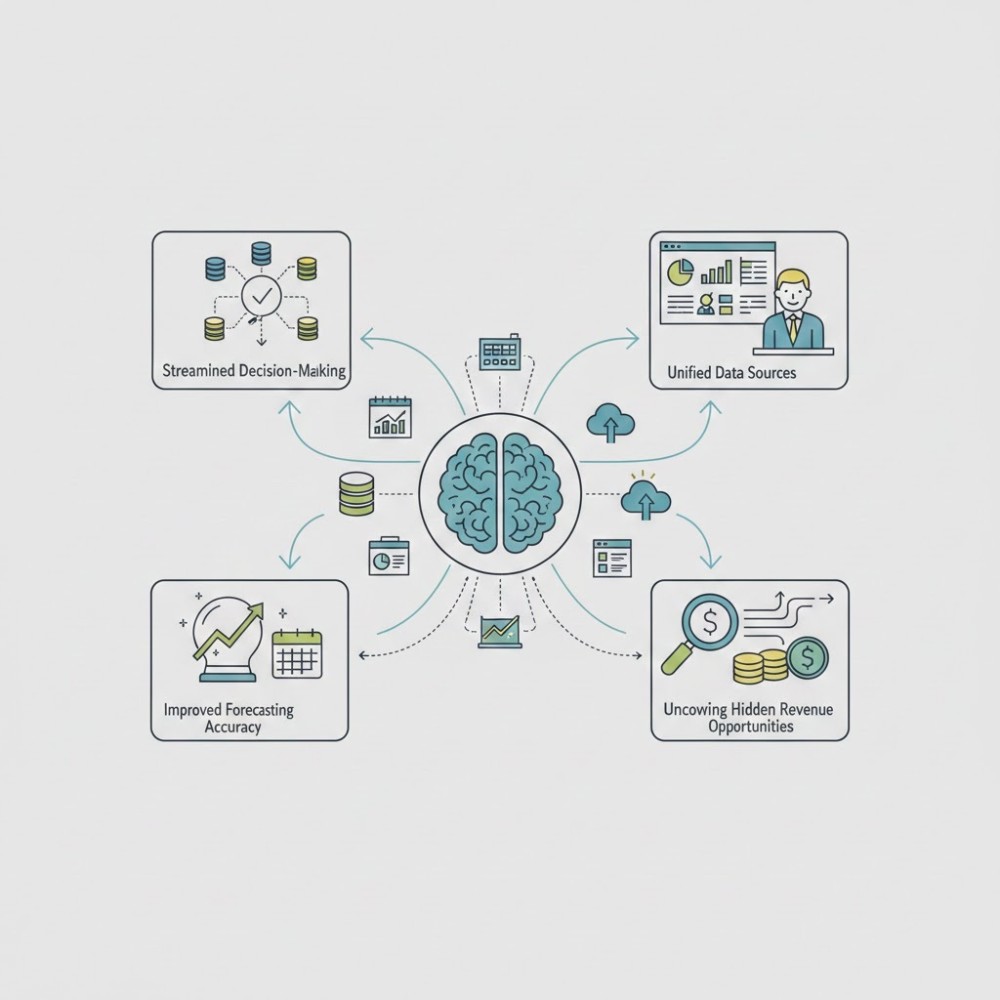Joy-to-Dollar Ratios: Measuring Life’s Pleasures by Their True Cost
Money has always been more than a medium of exchange; it is a mirror of personal choices, a measure of opportunity, and a silent judge of how wisely one spends. Yet, what people often fail to calculate is the joy-to-dollar ratio a concept that asks a simple but profound question: How much happiness are you truly buying with each dollar you spend?
The idea goes beyond budgeting or financial literacy. It cuts to the heart of value: what brings fulfillment, and at what price. When measured honestly, the joy-to-dollar ratio reshapes the way people approach luxury, leisure, and even daily consumption. Some of the cheapest experiences yield the greatest happiness, while the most expensive purchases often underdeliver in emotional return.
The Logic Behind Joy-to-Dollar Ratios
At its core, the joy-to-dollar ratio is a method of comparing the emotional satisfaction gained from a purchase or experience against the actual cost. Think of it as a personal index—similar to return on investment (ROI) but measured in smiles, memories, and peace of mind instead of financial profits.
For instance:
- A $5 coffee shared with a friend may deliver more happiness than a $500 dinner eaten alone.
- A $200 weekend camping trip can leave longer-lasting joy than a $2,000 handbag.
This perspective invites people to stop equating high prices with high value. Instead, it asks: What is the cost per unit of happiness? When examined carefully, many realize their biggest joy multipliers are not rooted in extravagance, but in simplicity.
Everyday Purchases: Small Money, Big Happiness
The best examples of strong joy-to-dollar ratios are found in daily routines. Consider the low-cost activities that spark consistent satisfaction:
- Morning rituals – A warm cup of tea or coffee, costing less than a dollar at home, sets the tone for the day.
- Shared meals – Cooking dinner with friends often brings more laughter than dining out at high-end restaurants.
- Books and music – A $15 novel or streaming subscription can deliver hundreds of hours of mental escape and inspiration.
The secret lies in frequency and accessibility. Small, repeated pleasures often accumulate into a steady stream of happiness, outshining the fleeting thrill of expensive luxuries.
Travel and Experiences: Where Ratios Get Interesting
Travel has always been celebrated as one of the greatest uses of money, and for good reason. Experiences tend to bring longer-lasting happiness than material goods. But even here, ratios vary.
- Budget adventures – Backpacking trips or road journeys often score higher joy-to-dollar returns because they combine novelty, connection with nature, and cultural encounters without heavy financial strain.
- Luxury vacations – While a five-star resort delivers comfort, the ratio can diminish if the price tag overshadows the sense of adventure or authenticity.
A study from Cornell University found that people gain more satisfaction from experiences than possessions because memories grow richer with time, while material items fade into normalcy. This means that in travel, the best ratios are often found in meaningful experiences rather than extravagant settings.
Luxury Spending: The Ratio Dilemma
Luxury markets thrive on selling dreams, but their joy-to-dollar ratios are often surprisingly low. A luxury car, for instance, may provide excitement for the first few months, but the thrill usually wears off as maintenance costs, insurance, and depreciation take their toll.
Similarly, designer clothing or exclusive gadgets bring status and novelty, yet the emotional payoff rarely lasts as long as expected. Psychologists call this the hedonic treadmill the human tendency to quickly adapt to new pleasures, requiring ever-bigger purchases to maintain the same level of joy.
The lesson is not to avoid luxury altogether, but to measure carefully whether the joy delivered matches the cost. If a $1,000 watch gives you no more happiness than a $100 one, the ratio fails.
Time, Money, and Joy: The Hidden Triangle
An overlooked factor in the joy-to-dollar equation is time. A purchase is not only about the money spent but also about the hours traded to earn it. If someone spends weeks working overtime to afford a lavish trip, but ends up exhausted and unable to enjoy it fully, the ratio drops drastically.
Instead, purchases that save time often deliver higher joy returns. For example:
- Hiring someone for chores frees up hours for relaxation or hobbies.
- Paying for convenience services like meal delivery can transform stress into calm.
In this sense, the true cost of joy is not just financial it is also measured in time and energy.
Joy Investments: Where Ratios Shine Brightest
Certain categories consistently show high joy-to-dollar returns:
- Learning and self-growth – Courses, workshops, or even a library card can provide lifelong knowledge and confidence for relatively small costs.
- Health and wellness – A gym membership, quality shoes for walking, or a nutritious meal plan often pay back through vitality and happiness.
- Social connections – Money spent on gatherings, shared trips, or even a birthday surprise multiplies joy by deepening bonds with others.
- Nature and outdoors – Access to parks, hiking trails, or even a small garden offers recurring joy at minimal expense.
These investments are powerful because they compound over time. Unlike fleeting purchases, they build layers of satisfaction that continue to grow.
Cultural Differences in Joy-to-Dollar Perceptions
The joy-to-dollar ratio is not universal; it varies by culture, background, and social values. In countries where community and family are central, shared meals or festivals deliver massive joy per dollar spent. In highly individualistic societies, personal luxuries may rank higher.
Moreover, developing economies often show higher ratios for modest pleasures. For instance, a single outing to the cinema or a small family celebration can carry deep emotional significance because it is rarer and more cherished. In wealthier nations, the same event may be taken for granted.
This highlights how subjective the ratio is rooted not only in personal psychology but also in cultural context.
Reframing Wealth: From Accumulation to Joy Efficiency
If one accepts the joy-to-dollar framework, wealth can no longer be defined merely as the size of a bank account. True wealth lies in the efficiency of turning resources into happiness. Someone with modest income but a high joy-to-dollar awareness may live more fulfilled than a millionaire trapped in low-ratio spending cycles.
This perspective demands a reframing of success. Instead of asking, How much did I earn? a better question might be, How much joy did my money buy me this year?
Conclusion
Life’s pleasures cannot be separated from their costs, but costs should not overshadow meaning. By calculating the joy-to-dollar ratio whether for a coffee, a vacation, or a lifelong investment people can move toward a more intentional and fulfilling way of living.
The richest lives are not measured by extravagant purchases, but by smart allocations of money that yield the highest returns in laughter, connection, peace, and growth. In the end, the art of spending is not about owning more, but about living better.
References
The Relationship Between Money and Happiness
BBC – Why Time Is More Valuable Than Money
The Guardian – Why Cheap Thrills Make Us Happier



































